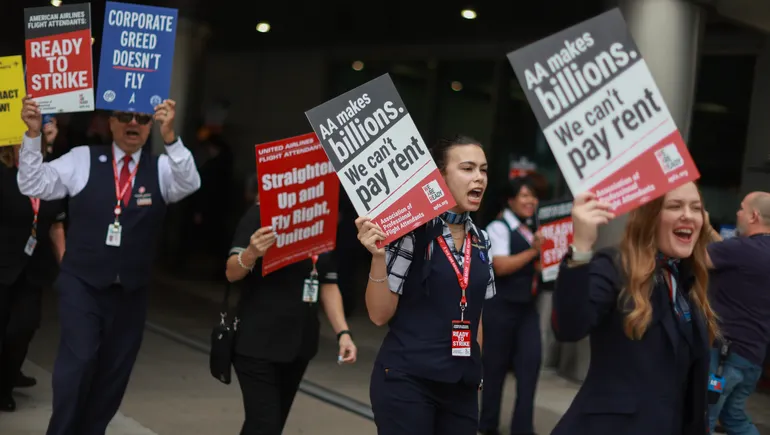Most U.S. employers are expected to maintain their salary budgets for 2026, with increases remaining flat at 3.5%, matching actual increases for 2025, according to a July 8 report from WTW, a global advisory firm.
In a survey of more than 1,500 U.S. organizations, 3 in 5 said their salary budgets changed in the last pay cycle. While 53% reported no change in their anticipated and actual pay budgets for 2025, 31% projected lower salary increase budgets than last year.
“While top-line budgets are generally holding steady, the real shift is happening beneath the surface,” Brittany Innes, director of rewards data intelligence for WTW, said in a news release. “Organizations are being more deliberate about how they allocate pay, where they focus investment and what outcomes they expect to drive. Employers are no longer simply reacting to economic signals; they’re reimagining how to best support broader business goals despite uncertainty.”
Companies with lower salary increase budgets cited an anticipated recession, weaker financial results and cost management concerns. Those projecting higher salary increase budgets pointed to tight labor markets and inflationary pressures.
Despite flat pay increases, employees aren’t on the move, the report found. Fewer organizations have reported challenges with employee stability in 2025, compared to the past two years; only 30% reported difficulty with attracting or retaining employees, marking an 11-point decrease from 2023.
In response, companies said they’re supporting their workforce by improving the employee experience (47%), enhancing health and wellness benefits (43%) and increasing training opportunities (40%).
Employers also said they’re adjusting compensation programs in various ways, such as performing compensation reviews, hiring people higher in relevant salary ranges and raising starting salary ranges. More than 40% have upped their use of retention bonuses or sport awards, and 37% have focused on base salary increases for specific employee groups.
In total, about 7 in 10 reported total annual payroll expenses higher than the previous year, and the average annual payroll expense climbed 3.6%.
During the first quarter of 2025, fewer job candidates said they received multiple job offers, reflecting a softening labor market, according to a Gartner report. More than half of candidates said higher compensation was their main factor for accepting an offer, along with career growth, work-life balance and opportunities to learn new skills.
As worker bargaining power weakens, employees appear to be more willing to make trade-offs, according to a Randstad report. Workers said they’d choose greater employability and flexibility over pay and location.






Leave a Reply